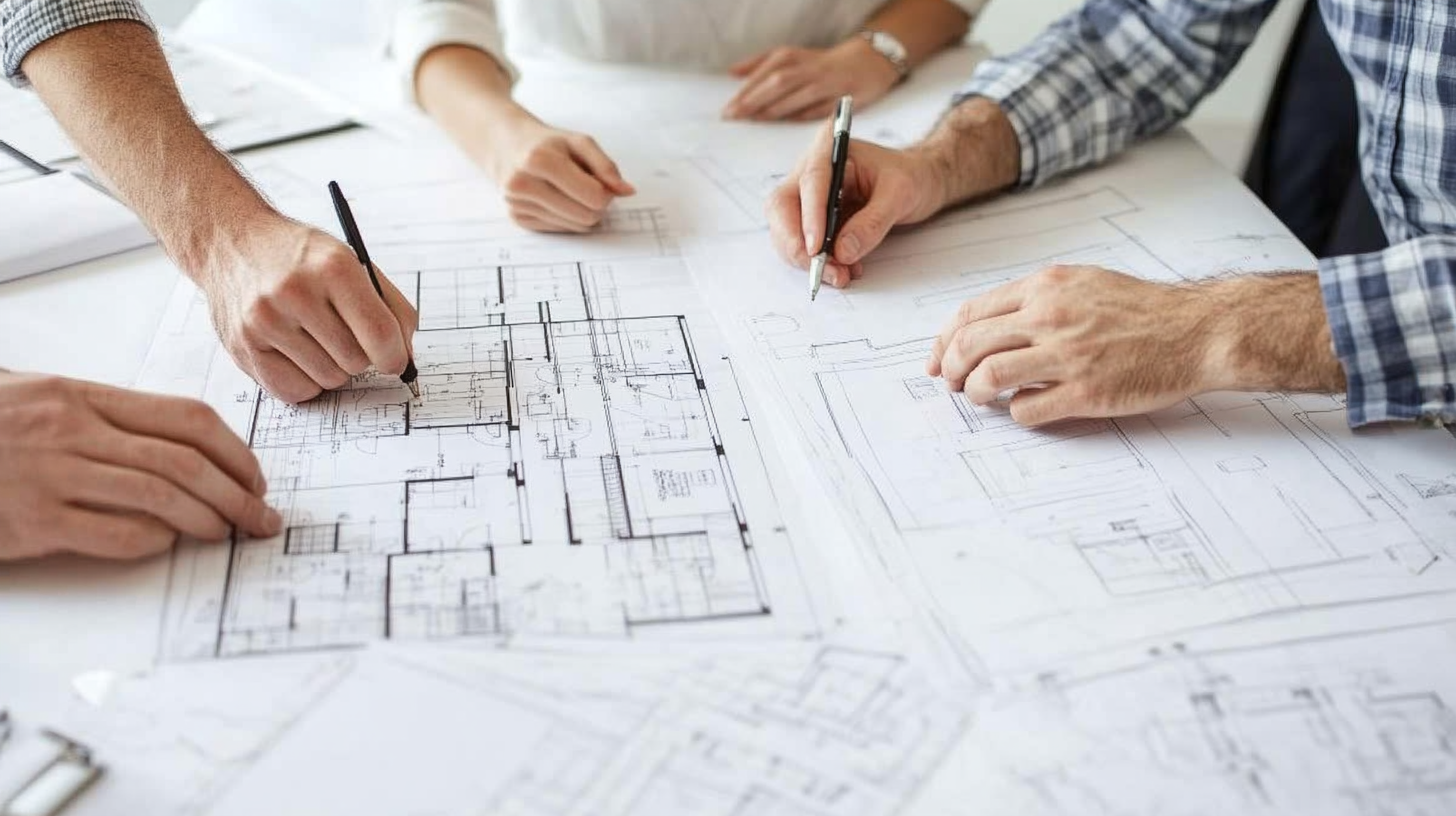
Beyond Bricks and Mortar: How Technology is Shaping Indian Architecture
Indian architecture, a rich tapestry woven with centuries of tradition, is undergoing a dramatic transformation.
The advent of technology, particularly Artificial Intelligence (AI), is not merely augmenting existing practices but fundamentally reshaping the way buildings are conceived, designed, and constructed.
This report delves into the profound impact of technology and AI on the Indian architectural landscape, exploring its implications and the challenges that lie ahead.
1. Technological Advancements Shaping Indian Architecture:
Building Information Modeling (BIM):
BIM has become an indispensable tool, enabling architects to create 3D models of buildings, simulate construction processes, and analyze building performance.
This technology enhances collaboration among stakeholders, improves project efficiency, and reduces errors.
3D Printing and Construction:
3D printing technology is revolutionizing construction practices, allowing for the fabrication of complex and customized architectural elements with greater precision and speed.
This technology is particularly relevant for India, where skilled labor shortages and complex site logistics can pose challenges.
Internet of Things (IoT):
IoT devices are transforming buildings into intelligent systems that can adapt to user needs and optimize energy consumption.
Architects are now designing buildings with integrated IoT systems for lighting, climate control, and security, enhancing occupant comfort and sustainability.
Virtual Reality (VR) and Augmented Reality (AR):
VR and AR technologies are revolutionizing the way architects present their designs to clients and stakeholders.
These immersive technologies allow for a more realistic and engaging experience, facilitating better communication and informed decision-making.
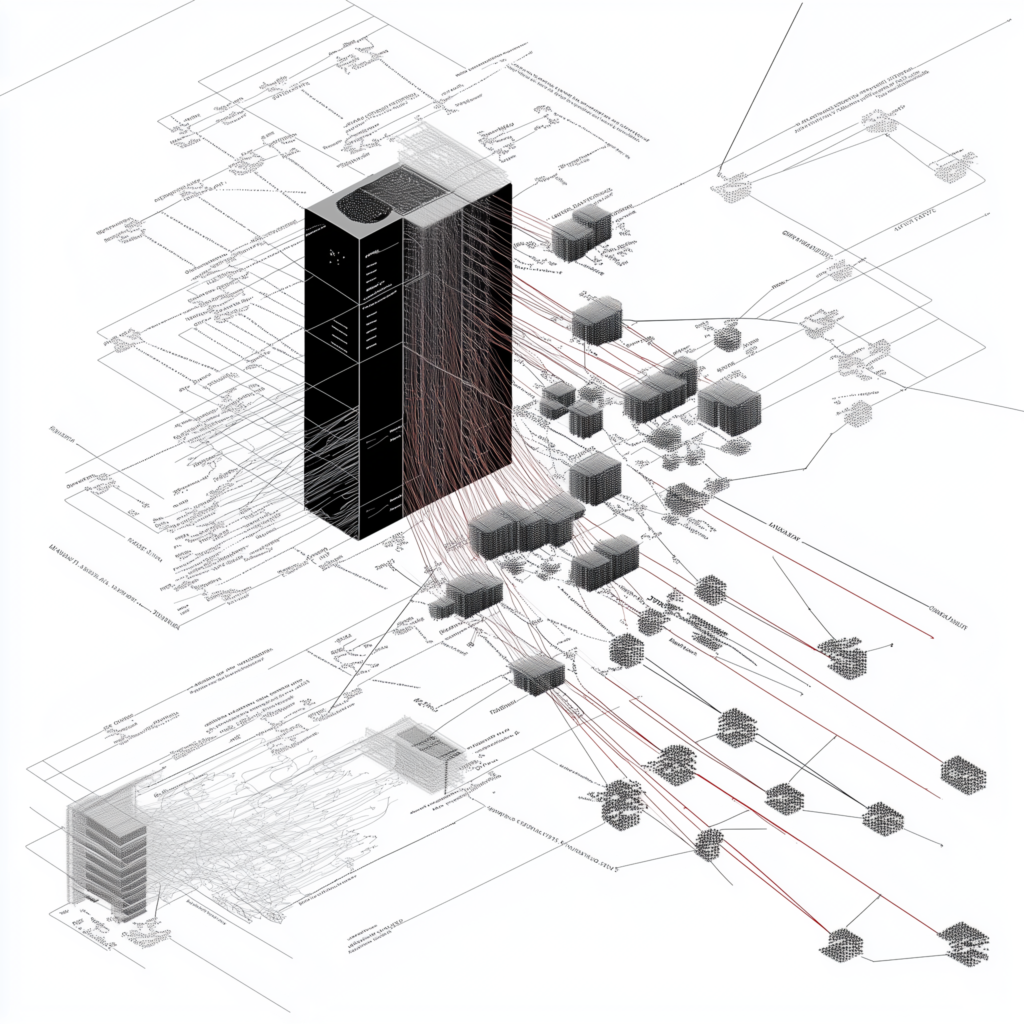
2. The Rise of AI in Indian Architecture:
Generative Design:
AI algorithms are enabling architects to explore a vast range of design possibilities that would be impossible to achieve through manual methods.
Generative design tools can optimize building performance based on various parameters, such as energy efficiency, structural integrity, and cost-effectiveness.
Predictive Analytics:
AI-powered predictive analytics tools can analyze historical data and current trends to forecast future building performance, such as energy consumption, maintenance requirements, and occupant behavior.
This information can be used to design more resilient and adaptable buildings.
Construction Robotics:
AI is driving the development of robotic systems for construction, such as automated bricklaying and concrete pouring.
These technologies can improve construction efficiency, reduce labor costs, and enhance safety on construction sites.
Sustainable Design: AI is playing a crucial role in promoting sustainable design practices. AI-powered tools can analyze environmental data, optimize building orientation, and simulate energy performance, enabling architects to design more eco-friendly and energy-efficient structures.
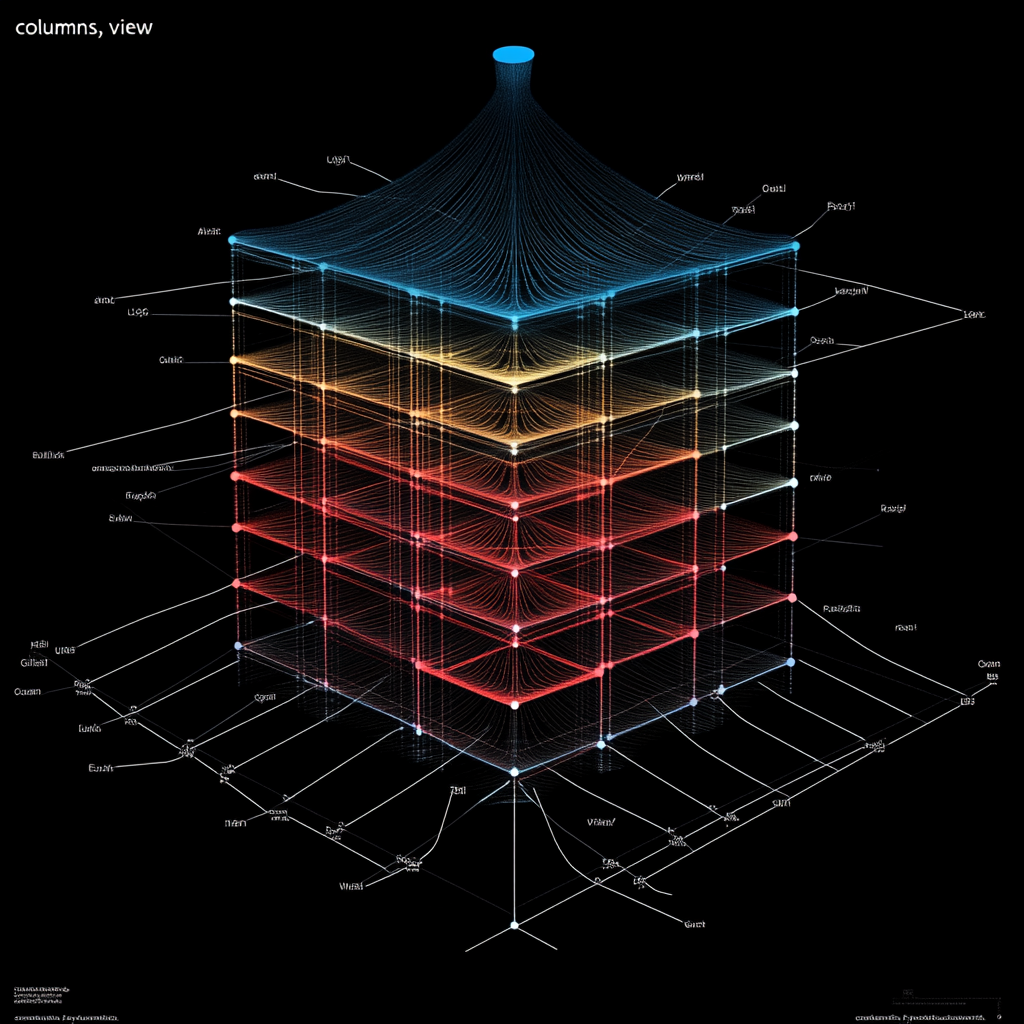
3. Challenges and Considerations:
Data Security and Privacy:
The increasing reliance on technology and AI raises concerns about data security and privacy.
Architects must ensure that sensitive data is protected and that AI systems are used responsibly.
Ethical Implications:
The use of AI in architecture raises ethical questions about the role of human creativity and the potential for job displacement.
Architects must carefully consider the ethical implications of AI and ensure that technology is used to enhance, rather than replace, human ingenuity.
Digital Divide:
Access to technology and digital literacy can vary significantly across India.
Addressing this digital divide is crucial to ensure that all architects, regardless of their background or location, can benefit from the transformative power of technology.
Skill Development:
The rapid evolution of technology necessitates continuous learning and skill development for architects.
Educational institutions and professional organizations must adapt their curricula to equip future architects with the necessary skills to thrive in this technologically driven environment.
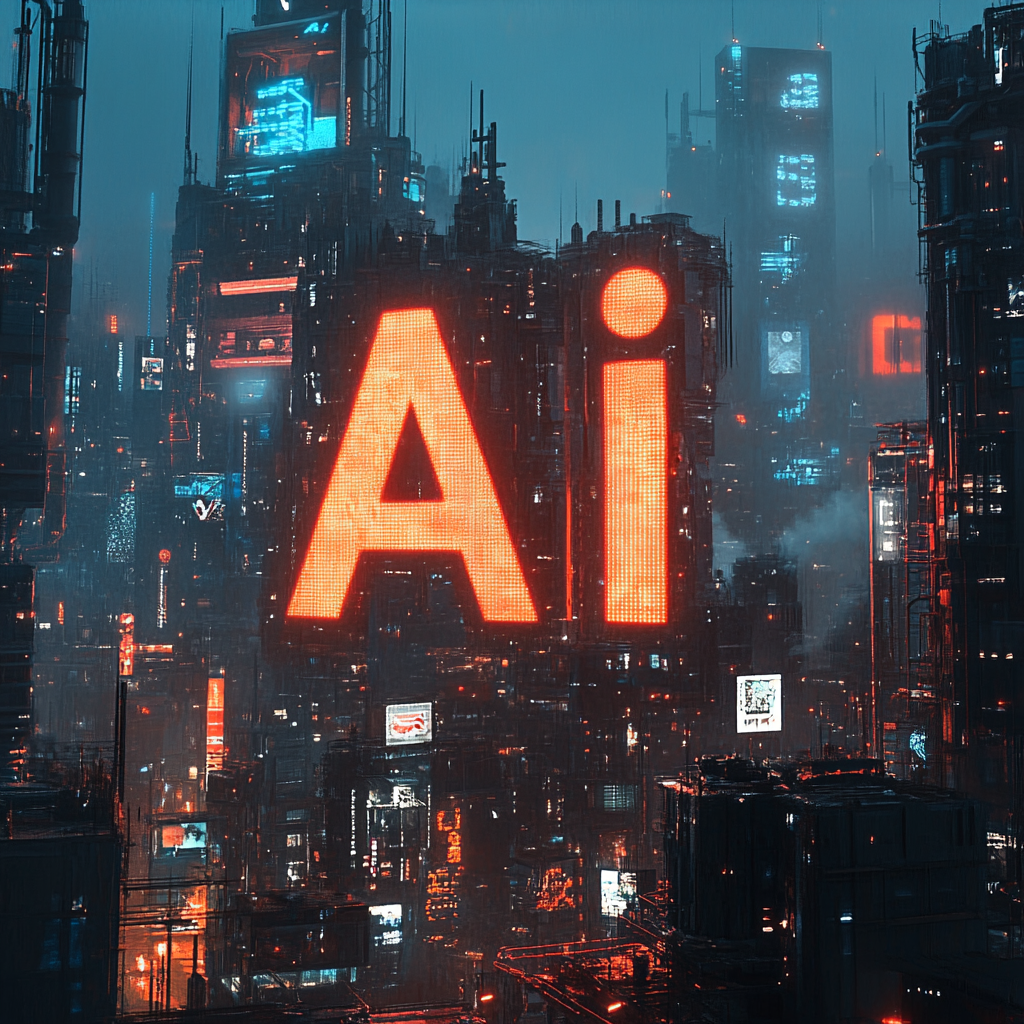
4. The Future of Indian Architecture:
The integration of technology and AI is poised to revolutionize the Indian architectural landscape.
By embracing these advancements, Indian architects can create more innovative, sustainable, and user-centric buildings that address the challenges of rapid urbanization and climate change.
The future of Indian architecture lies in a harmonious blend of tradition, innovation, and technology, where human ingenuity and AI collaborate to shape a built environment that is both beautiful and sustainable.
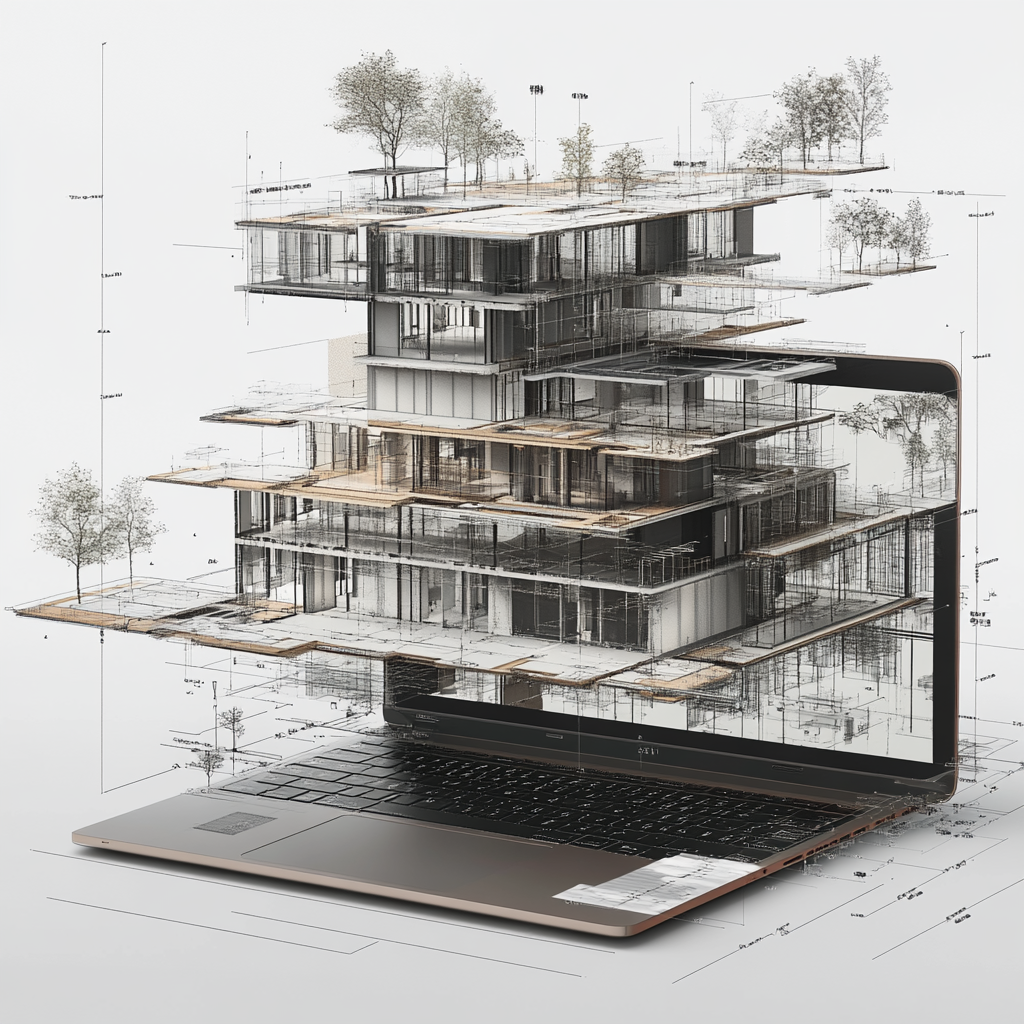
Conclusion:
The convergence of technology and AI is ushering in a new era of architectural design and construction in India. While challenges remain, the potential benefits are immense.
By embracing these advancements and addressing the associated challenges, Indian architects can lead the way in creating a built environment that is not only aesthetically pleasing but also functional, sustainable, and responsive to the evolving needs of society.
This report provides a general overview of the topic.
Further research and analysis are necessary to gain a deeper understanding of the specific challenges and opportunities facing Indian architecture in the age of technology and AI.

Leave a Reply